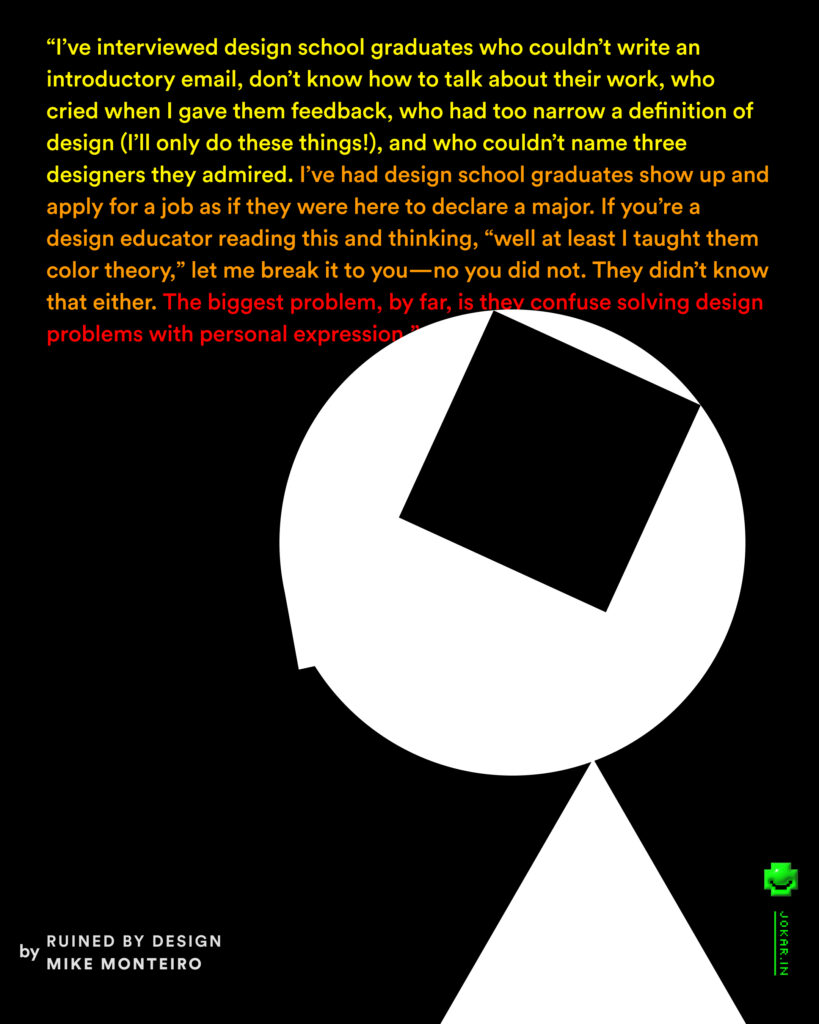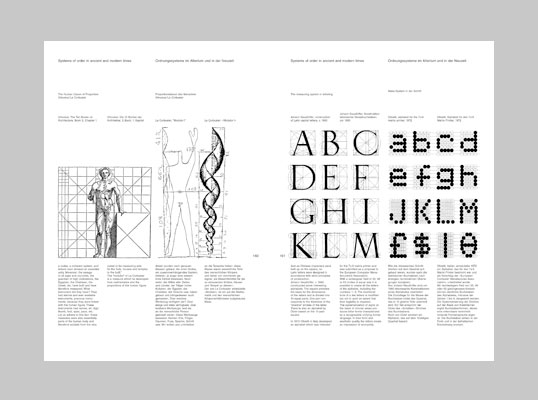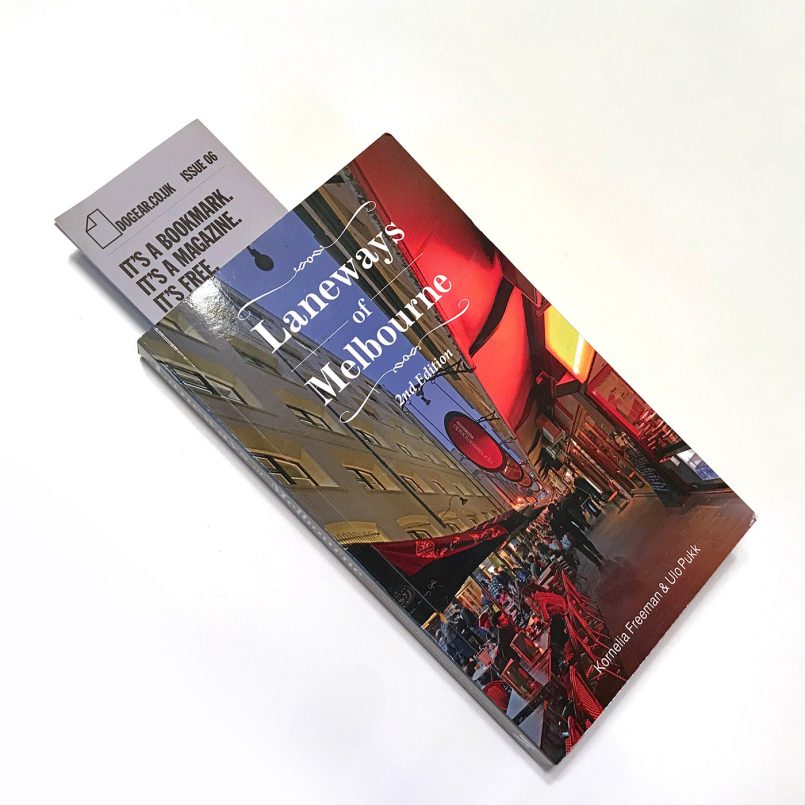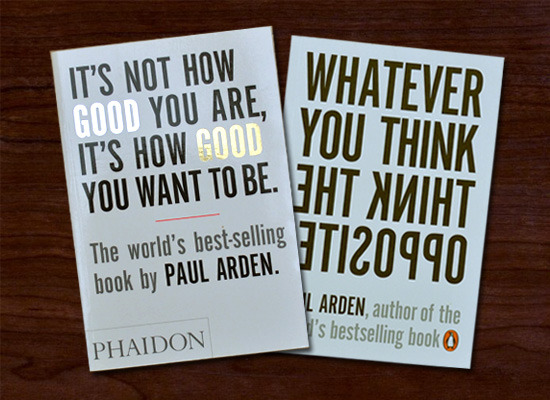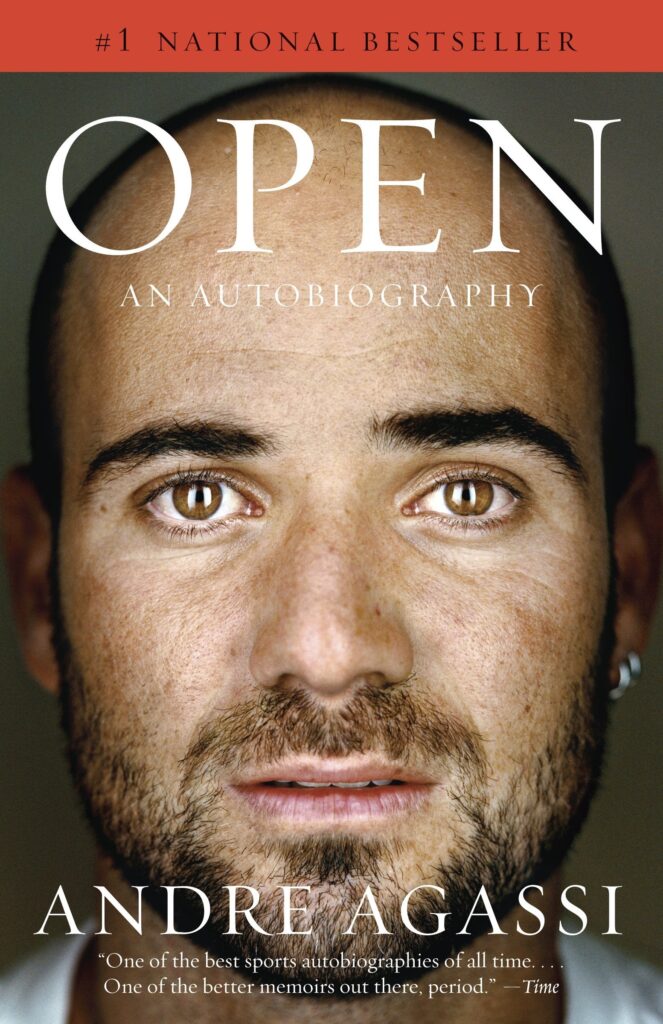Even a book list by Neil French is fun to read.
BOOKS (Updated 1/2/08)
In my experience, people in my business frequently enjoy the same books, films, and music. Since I’m often asked about my favourites, here are some books: (Films and music used to be on here, under different buttons on the web-site. Research showed that nobody cared enough for me to bother updating them, and frankly, they don’t vary as much as my book-preferences, so I’ve deleted them)
I read a hell of a lot. I’ve excluded obvious classics, like Dickens, Kipling, Dostoevsky, A.A.Milne, Conrad and so on. These below are more current, and may never even become classics…but I’d hate you to miss them.
Incidentally, I’ve put books I really dislike in red, like that. Don’t want you to think I’d actually recommended them!
Bold italics means “do not miss this one”
Underlined Bold Italics means “do not miss this one or your entire life will have been pointless”.
BOOKS I’M CURRENTLY READING, or have just read…or which are on the bedside table.
Lost Worlds. Michael Bywater. I’ve read everything I can by this bloke, ever since he was a dyspeptic ranter on the now-defunct ‘Punch’ magazine. He now writes regularly in The Independent. This is, I guess, placeable in the Grumpy Old Men genre, but actually it’s MUCH more important than that. If you’re over forty and English, you have to read it. If you’re over sixty, it’s the story of your life. His latest, ‘Big Babies’ has a horrid cover-design, but is, if anything, even more grumpy. I LOVED it!
Pontoon. Garrison Keillor. I was reminded how much I liked his work when I recognised his as the voice-over on the rightly award-winning Honda series of commercials (in itself an inspired choice). My recommendation, though, is first to buy one of the original audio-books, which feature a selection of his radio talks called ‘The Prairie Home Companion’. If you like those, you’ll adore his books.
The Good Husband of Zebra Drive. Alexander McCall Smith. The adventures of Mrs. Ramotswe, proprietor of the No.1 Ladies Detective Agency in Botswana are addictive. This is the latest. Full of gentle humour and lots of humanity, they are the perfect antidote to ‘civilisation’. Get them all. No sex, no violence, not much tragedy, and a simple joy to read. (Oddly enough, I can’t get along with any of his other efforts. Mrs. Ramotswe rules).
Shakespeare. Bill Bryson. Sheer delight. Everything you ever wanted to know about William S., deftly researched, and written by a very funny man who doesn’t try too hard to be so. Even if you’re not a Bard-fan, you could enjoy this.
The Uncommon Reader. Alan Bennett. The Queen discovers that the traveling library stops at the staff entrance of Buck House. Unwittingly, almost, she begins to read (having avoided it for sixty years). The story starts here and is a joy! The denouement is brilliant. I love Alan Bennett, and play his readings and plays on my iPod and in the car. It might be worth getting the audio-book of this, just for his delivery.
The Generals. Simon Scarrow. See below.
Imperium. Robert Harris. Skullduggery in Ancient Rome. Just a great read, as I now realise have been all his books, starting with the Hannibal the Cannibal series. I think he deserves to be in the favourite writers section actually.
